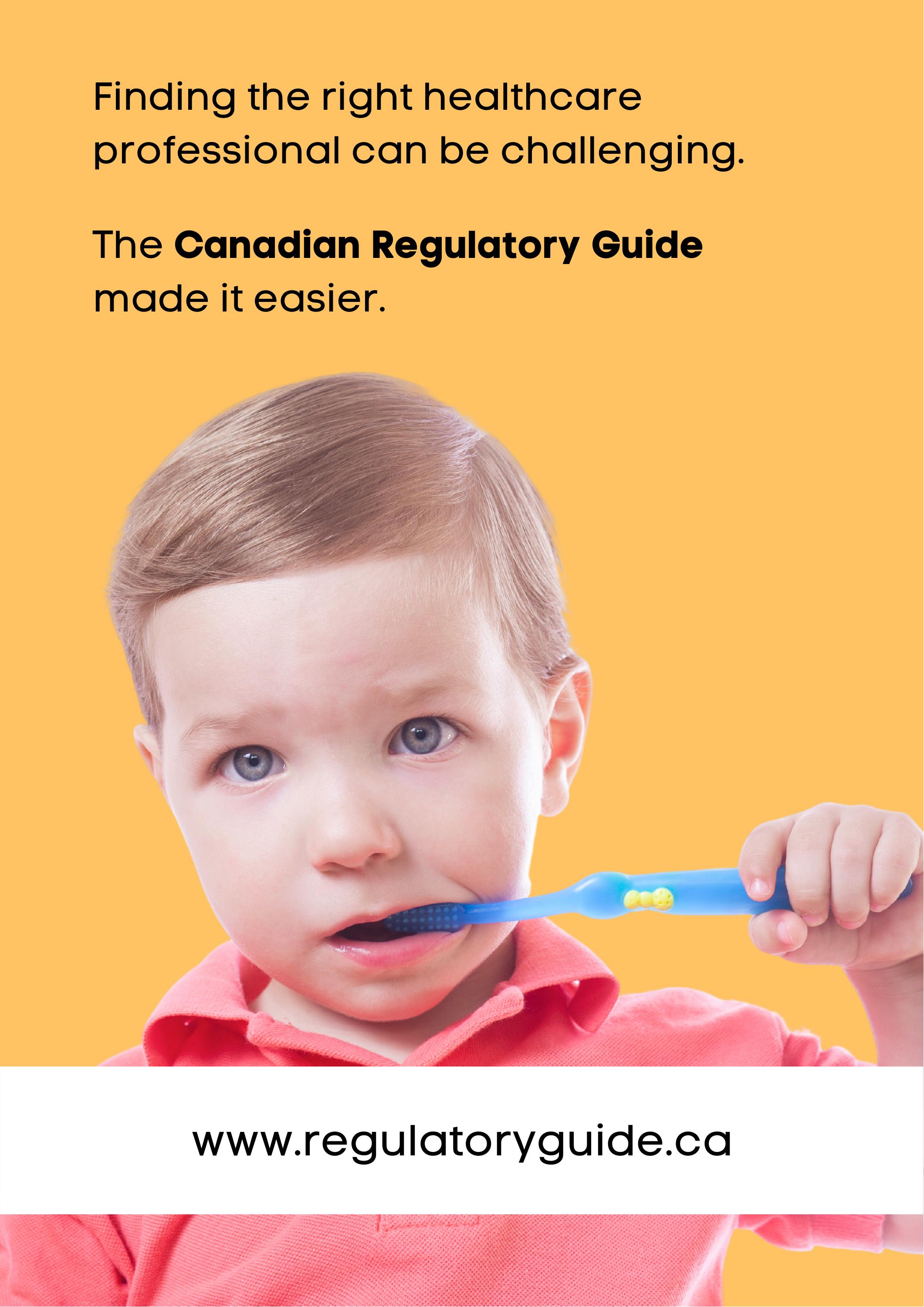
3 minute read
Samantha Van Genne Registrar of multiple professions in NWT
By Natalie Pressman | The Registrar
With a population of 45,000 residents across 1.346 million square kilometres, regulating the health professions of the Northwest Territories isn’t without its challenges. Still, Registrar Samantha Van Genne says she loves the variety.
Managing licensing, patient complaints, and ever-changing legislation for 15 health professions under 14 different regulatory acts are among Van Genne’s responsibilities.
Most Registrars across the country, Van Genne explains, are likely to have a background in the profession they regulate. In other jurisdictions, the Registrar of physicians is likely a physician themselves, which is typical for Registrars in other professions as well, such as pharmacists, psychologists, dentists, and midwives for example. If not a member of the profession, then they’re likely to be a lawyer.
Things are different in the North, however. “Registrars in other jurisdictions have profession-specific expertise,” she says. “My biggest challenge is understanding what they’re talking about, because it’s so technical for each profession. When I see something I know is relevant for us, I want to make sure I’m understanding it correctly.”
To get the information necessary to support the territory, calling other Registrars helps, Van Genne says, as does working with each profession’s Registrar association. “It’s finding the answers and making sure you’re talking to the right person who would know.”
Van Genne’s background is in business administration and registries and regulation. Starting out as a clerk in the early 80s, she’s worked her way through a number of regulatory and research positions to become the territory’s Registrar. She works with two other staff members. As a result, the small

team managing a small jurisdiction often turns to other provinces to outsource calls for expertise and much of the Registrar’s disciplinary duties. Alberta, in particular, manages corrective action when necessary and lends a hand in specialized cases.
“We’re so grateful for the province’s help. They’ve been so forthcoming in giving their guidance and their expertise,” she says. “There’s no way we could house a college structure like they do in the provinces with that kind of in-house expertise at your fingertips.”
For Van Genne, she says her priority is ensuring that in spite of fewer resources, the NWT’s regulatory practices remain as stringent as the other Canadian jurisdictions to protect the public.
The reduced resources means that healthcare professionals requiring supervision or with conditions on their licenses, for example, are unlikely to be licensed

in the territory because of the added layer of complexity. “We just don’t have the capacity to administer that,” she says. For those reasons, Van Genne says it makes sense for regulations to be streamlined across the country. Where that’s possible, the country is already making headway, she says, pointing to the labour mobility provisions of the Canadian Free Trade Agreement (CFTA) as an example.
The provision guards against tiers of professionals across provincial and territorial borders. The idea is that practicing professionals have the same standard of licensing across jurisdictions. That means an Alberta health-care professional wouldn’t have to be tested again if they wanted to practice in British Columbia, for example. It also provides occupational standards for disciplinary actions. Something that requires a professional to have their license revoked in one area shouldn’t equate to a slap on the wrist in another, Van Genne says. Though, she’s mindful of the need to be “regionally responsive,” since “what works in Toronto won’t work in one of the Northern communities.”
At the end of the day, communication and collaboration is the answer to much of the ever-changing landscape. Polling among jurisdictions dictates best practices and for learning how best to regulate virtual healthcare, for example, and ensure the same standard of care is being upheld.
The good news, Van Genne says, is that there’s more awareness than ever in the public about their rights and the regulations in place for their protection. There are avenues to file complaints and individuals like Van Genne hard at work to look for resolutions.
This article is the second instalment in a series examining consumer protection in Northern Canada.


